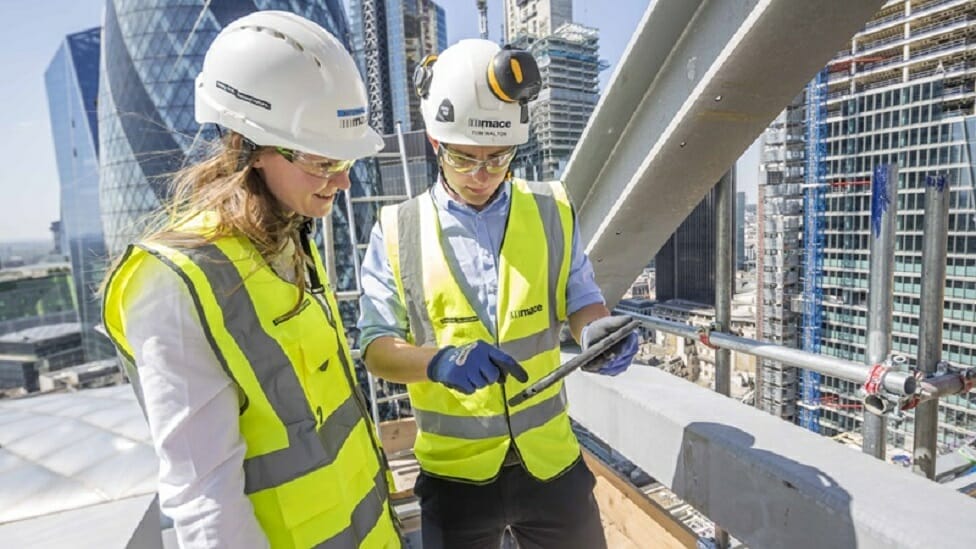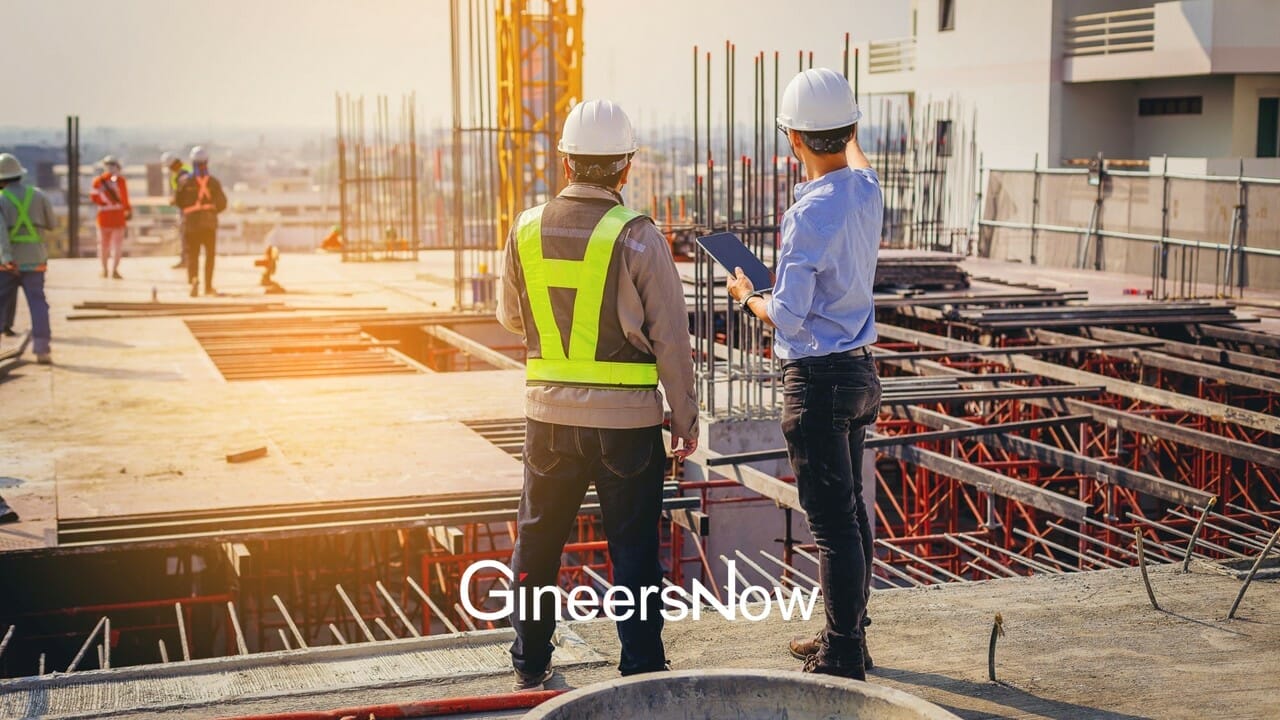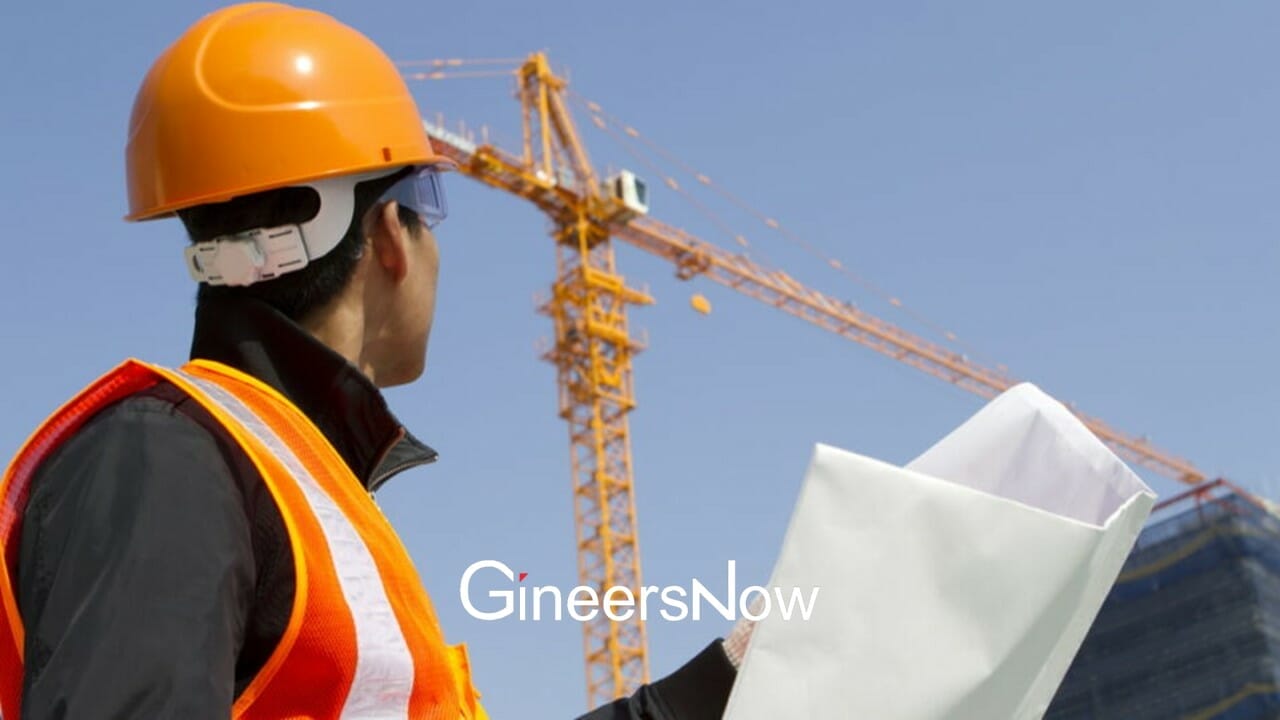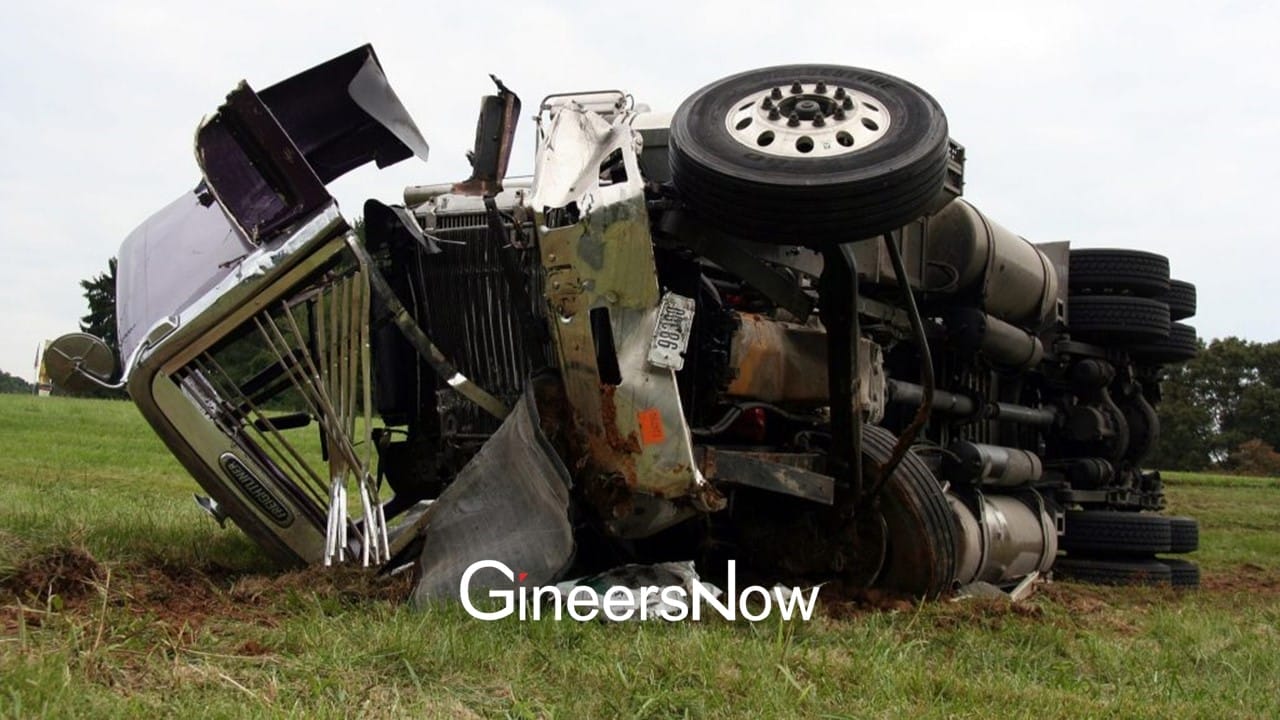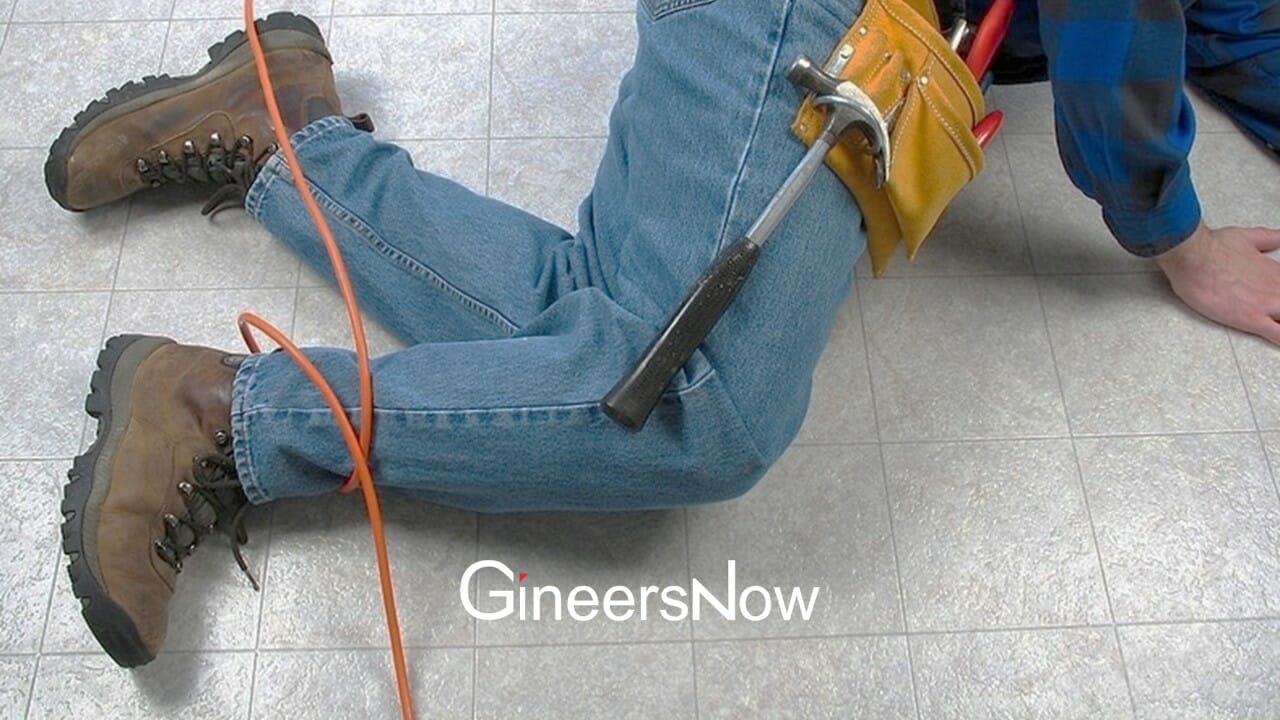As summer approaches, you know it’s the beginning of the roadwork season. Along with road construction or repair work on the roads, it’s essential to look after the health and safety of the workers at the construction site and the pedestrians by following proper safety guidelines and regulations to prevent any mishaps. Although the traffic control course educates and trains the traffic guards to monitor and direct the traffic, it’s also everyone’s responsibility in the work zone, from the operational manager to the laborers, to stay vigilant and follow the work zone safety guidelines mentioned below for additional security:
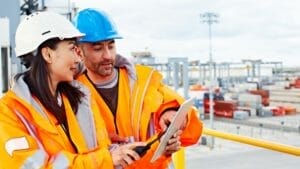
Have a Traffic Control Plan
Whenever road work has to happen, it’s essential to have a proper and systemized traffic control system for different construction sites. If the construction is being done at more than one site, it’s ideal to direct the traffic accordingly so as not to cause any potential road accidents.
Also, all traffic control devices should be used to warn pedestrians or vehicles in the work zone, such as barrels, barriers, signs, or cones.
Wear Safety Equipment
Wearing proper safety equipment will help all personnel in the work zone to keep any mishaps at bay. Equipment like heavy-duty hats, hearing protection, steel boots, etc., should always be worn. Highly visible clothing like a shirt, jacket, or vest with vibrant fluorescent colors and reflective materials allows drivers from a distance to alert on a shadowy night that a worker is at the construction site to prevent car accidents.
Have a Qualified Person at Disposal
An efficient, well-trained, and qualified person will monitor the procedures at the place and ensure they are safe enough to prevent any dangers or hazards to the workers or the surroundings in the work zone. They will also keep the controls updated to match the varying needs at the construction site. An efficient person must always be at the workers’ disposal in case any measure or control needs to be corrected immediately.
They will also approve the safety equipment to be worn by the workers and traffic control devices in the work zone and surroundings to eliminate predictable hazards.
Training
Proper training should be provided from flaggers to workers on site. Flaggers must have extensive knowledge of the different signs to use while moving heavy-duty equipment in the work zone with the help of cranes or dump trucks.
Workers on foot should keep an eye out for vehicles’ blind spots on-site to avoid accidents. The best rule of thumb is that if you cannot see the vehicle driver, then the vehicle driver probably can’t see you, either.
Place Proper Lighting
Accidents are more likely to occur at night or at dusk. Workers can trip and fall, a vehicle may bump into the work zone, or the worst could happen. To prevent these risks, vibrant lights should be illuminated all around the construction site and the flagger stations. Lights will provide a pristine view even at nighttime for workers and operators to work safely and comfortably.


